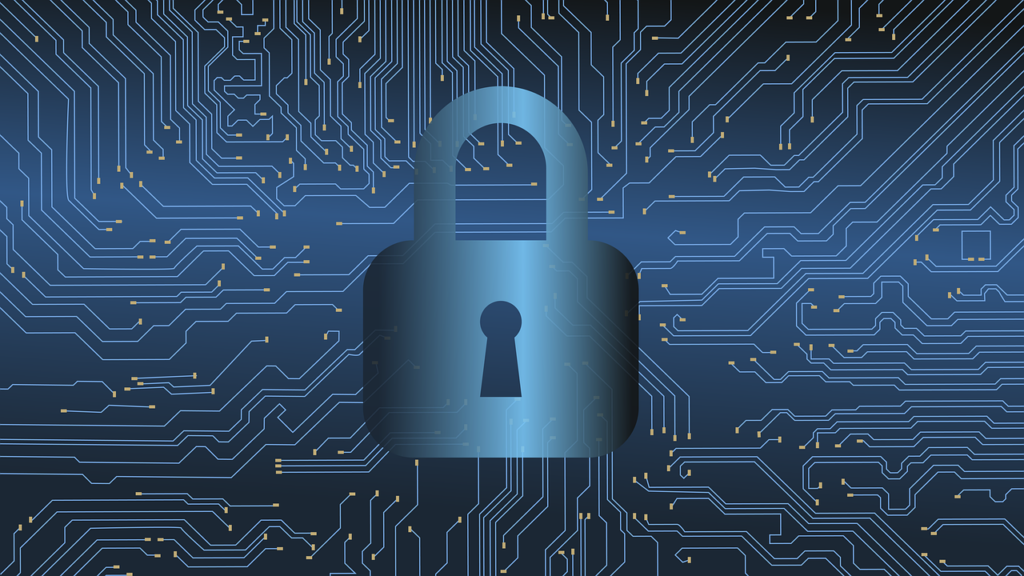The word “metaverse” is trending across the globe, with a major hype around digital twins (avatar), virtual world, VR (Virtual reality), AR (Augmented reality), ML (Mixed reality) etc. We at DigitalNext are also excited about the metaverse, but with a commitment to ensure a cyber-secure metaverse for every business.
In this article, we will discuss our security experts’ perspectives on the metaverse, metaverse cybersecurity, and the way forward.
Related Posts
The Rise of Virtual CISOs: Securing Your Data with Agility and Expertise
The Chief Information Security Officer (CISO) plays a pivotal role within the framework of most organizations. Endowed with the responsibility of establishing and upholding the…
What does ChatGPT mean for cybersecurity?
Any technology use or misuse depends upon the intention of the user. The talks around us ChatGPT bring up the question, “What does ChatGPT mean…

